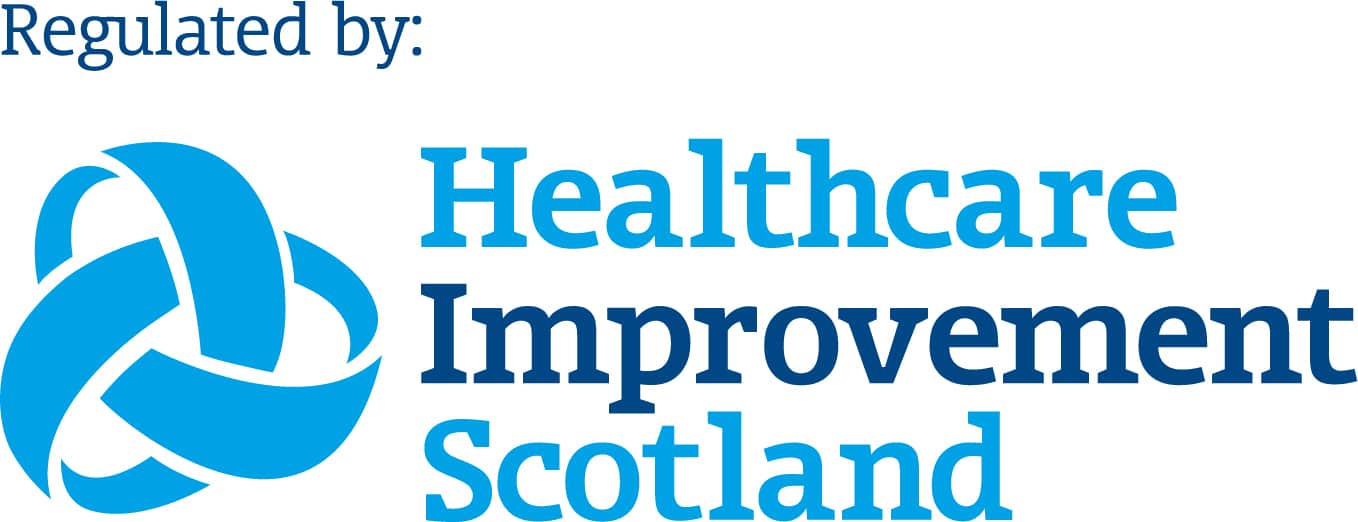What is Shingles?
Shingles is a condition that is caused by the varicella-zoster virus. This is the same virus that causes chickenpox, and hence anyone who has had chickenpox in the past may develop shingles. Shingles is often referred to as herpes zoster infection.
Approximately 20% of the population develop shingles during their lives, however it is uncommon to have shingles more than once. Although it can occur at any age, it is most common in people over the age of 50.
How does Shingles occur?
Many people have chickenpox as a child, following that the virus travels up a nerve root and lies dormant (inactive inside you, near the spine). Later in life, the virus can reactivate and travel along the nerve to the skin, causing shingles.
The reasons for reactivation are not completely known, and so in most cases, an episode of shingles occurs for no apparent reason.
Sometimes a period of stress or illness seems to trigger it, and it seems to be more common in older people, as well as those with a weakened immune system (immunosuppression). For example, shingles commonly occurs in younger people who have HIV/AIDS or whose immune system is suppressed with treatment such as steroids or chemotherapy.
Symptoms of Shingles
Shingles is characterised by a painful rash, usually affecting one nerve only, on one side of the body (most often the upper body), although it can also develop on the head and neck, limbs and around the eye.
It usually starts with a headache, fever, tiredness and feeling unwell. It is also common to feel pain along a band of skin supplied by the affected nerve, anywhere on your body. This pain can range from mild to severe, and is often described as a tingling or burning sensation. Typically within a few days, a rash develops in this area of pain, which will start off as raised vesicles and turn into fluid-filled blisters. These blisters eventually dry out and scab, taking 2-4 weeks for the rash to heal completely, although slight scarring may occur in this area.
The affected area of skin is usually tender as the soft tissues under and around the rash may become swollen for a while due to inflammation caused by the virus. The blisters then dry up, form scabs, and gradually fade away.
In some cases there is a rash but no pain, and rarely, there is no rash but just a band of pain.
Complications of Shingles
Most people recover, although some people may experience long-term nerve pain, which they experience for many months, or even occasionally years. This is known as post-herpetic neuralgia (PHN) and can affect one’s quality of life. This is more common with age.
Shingles can develop in the eye and/or affect the skin of the eyelid. In severe cases it can cause severe pain and lead to decreased, or even, loss of vision.
Shingles can also lead to other complications like scarring, skin infections, muscle weakness, or rarely hearing loss.
Is shingles contagious?
Shingles cannot be caught from someone with chickenpox or shingles, as it is caused by reactivation of your own chickenpox virus. However, it is possible to catch chickenpox from someone with shingles if you have not had chickenpox before.
The shingles rash is contagious until all the blisters have scabbed and are dry. Also, if the blisters are covered with a dressing, it is unlikely that the virus will pass on to others, as the virus is passed on by direct contact with the blisters.
As a general rule, pregnant women who have not had chickenpox and those with a poor immune system (immunosuppression), should avoid people with shingles. Also, to play safe and not risk passing on the virus to others who may not have had chickenpox, you should not share towels, go swimming, or play contact sports such as rugby whilst you have a shingles rash.
What are the treatments for shingles?
The severity of shingles varies from one individual to another, and some people require treatment to help ease the symptoms of shingles.
Two main aims of treating shingles are:
- To ease any pain and discomfort during the episode of shingles.
- To prevent, as much as possible, PHN (post herpetic neuralgia) from developing.
General measures
Loose-fitting cotton clothes are best to reduce irritating the affected area of skin, and pain may be eased by cooling the affected area with ice cubes (wrapped in a plastic bag), wet dressings, or a cool bath. A non-adherent dressing that covers the rash when it is blistered and raw may help to reduce pain caused by contact with clothing. Simple creams (emollients) may be helpful if the rash is itchy.
Pain Relief
Painkillers may give some relief, for example, paracetamol or co-codamol, or anti- inflammatories such as ibuprofen. Stronger painkillers such as oxycodone and tramadol may be needed in some cases.
Antiviral medicines
Antiviral medicines include aciclovir, famciclovir, and valaciclovir. An antiviral medicine does not kill the virus but works by stopping the virus from multiplying, and hence may limit the severity of symptoms of the shingles episode.
An antiviral medicine is most useful when started in the early stages of shingles (within 72 hours of the rash appearing). However, in some cases your doctor may still advise an antiviral medicine even if the rash is more than 72 hours old – particularly in elderly people with severe shingles, or if shingles affects an eye.
Antiviral medicines are not advised routinely for everybody with shingles. For example, young adults and children who develop shingles on their tummy (abdomen) very often have mild symptoms and have a low risk of developing persistent pain. Therefore, in this situation an antiviral medicine is not usually necessary.
As a general rule, the following groups of people who develop shingles will normally be advised to take a 7-day course of antiviral medicine:
- If you are over the age of 50.
- If you are of any age and have any of the following:
-
- Shingles that affects the eye or ear
- A poorly functioning immune system (immunosuppression)
- Shingles that affects any parts of the body apart from the trunk (that is, shingles affecting an arm, leg, neck, or genital area)
- Moderate or severe pain
- Moderate or severe rash
Antidepressant and anticonvulsant medicines
If the pain during an episode of shingles is severe, or if you develop PHN (post herpetic neuralgia), you may be advised to take a tricyclic antidepressant, such as amitriptyline, imipramine, and nortriptyline to ease neuralgia/nerve pain (not for depression), or an anticonvulsant medicine such as gabapentin. They also ease neuralgic pain separate to their action to control convulsions.
Steroid medication
A short course of steroid tablets (prednisolone) may be considered in addition to antiviral medication, to help to reduce swelling and pain, as well as speed healing of the rash. However, the use of steroids in shingles is controversial, and hence your doctor will advise you on this.
When to seek medical care
If you develop pain or a rash in a band on one side of their body, it is crucial that you should seek medical care as soon as possible. Antiviral medications are effective only if given early (24-72 hours after the rash develops).
The following situations in particular are more critical than others:
- Pain, redness, or rash (with or without blisters) on the face, especially if near the eye(s),
- Shingles patients who develop a high fever or feel sick,
- If the blisters continue spreading to other areas of the body.
Individuals should also receive care as soon as possible if they have a medical illness that decreases their ability to fight off infection; these people may be able to avoid complications if treated in the early stage of shingles.
The development of shingles in pregnant women is very uncommon; although shingles poses little or no risk for the fetus, the mother may require treatment with antiviral medication. Pregnant women with shingles should seek a doctor to manage their care. In contrast, pregnant women who develop chickenpox may have a risk to the fetus; these individuals need to seek care immediately.
Can shingles be prevented?
The only way shingles can be prevented is through vaccination.
The vaccine available is called Zostavax.
Should you get a vaccine?
The shingles vaccine (Zostavax) is given as a single injection, and unlike the flu vaccine, you will only need to have the vaccination once and you can have it at any time of the year.
Benefits of the shingles vaccine:
- Reduces your risk of developing shingles
- Reduces the severity of symptoms and duration of illness if you do develop the shingles.
The shingles vaccine is not used to prevent chickenpox nor post herpetic neuralgia.
It is safe to have the shingles vaccine if you have already had shingles.
The shingles vaccine works very well in people who have had shingles before and it will boost your immunity against further shingles attacks.
The shingles vaccine has been used extensively in the USA and Canada but is currently only available on the NHS from the age of 70. ROC Clinic provides this privately to any patient over the age of 50 provided that there are no contraindications. Get in touch!
Further help & information
Shingles Support Society – www.shinglessupport.org
References
Wareham DW, Breuer J; Herpes zoster. BMJ. 2007 Jun 9;334(7605):1211-5.
Tseng HF, Smith N, Harpaz R, et al; Herpes zoster vaccine in older adults and the risk of subsequent herpes zoster JAMA. 2011 Jan 12;305(2):160-6.
Lam FC, Law A, Wykes W; Herpes zoster ophthalmicus. BMJ. 2009 Aug 13;339:b2624. doi: 10.1136/bmj.b2624.
Millions more protected against disease through improved vaccination programm; Dept of Health, April2013.


